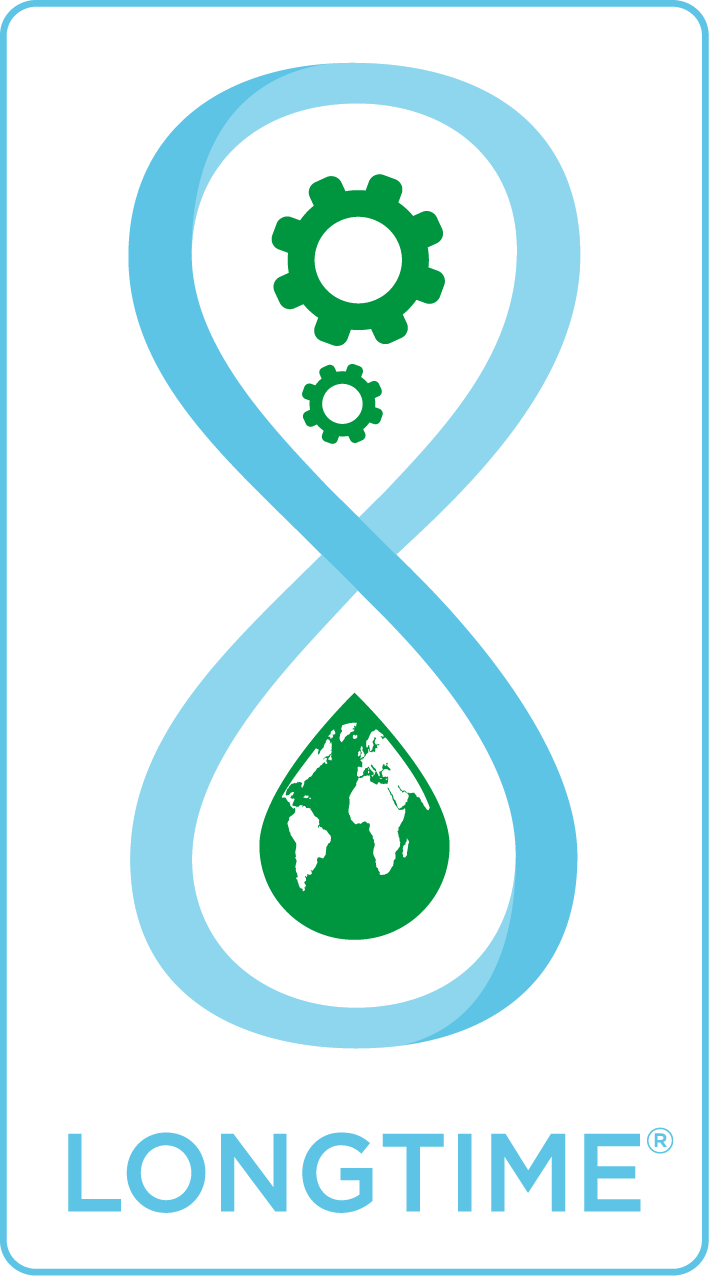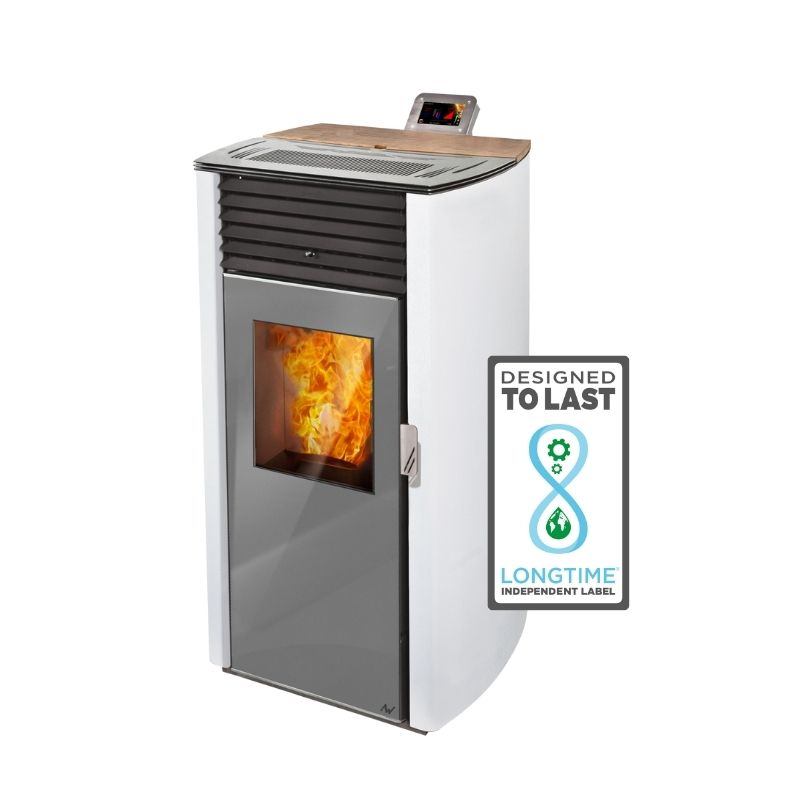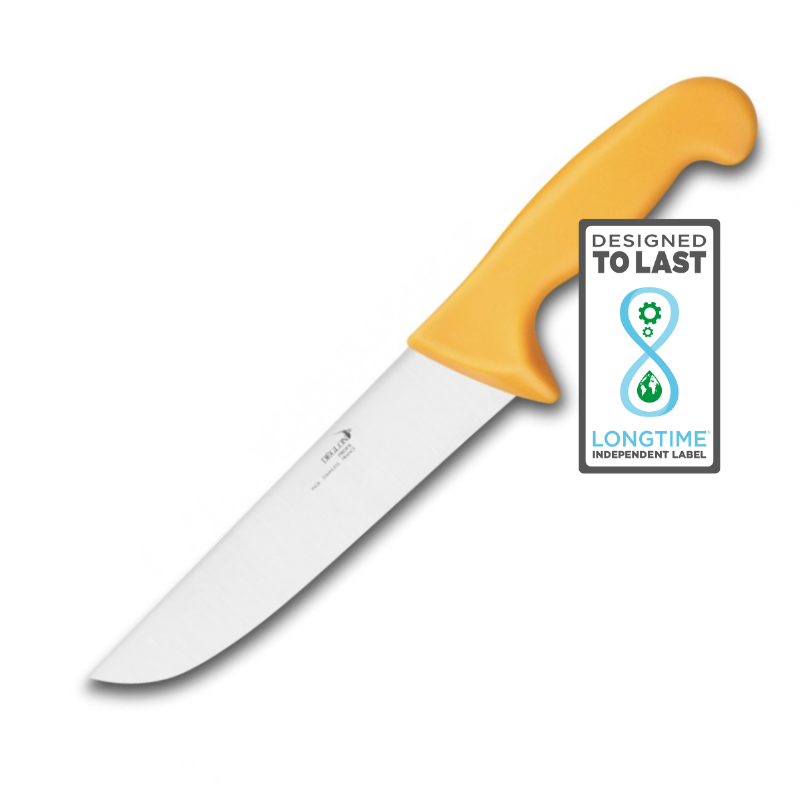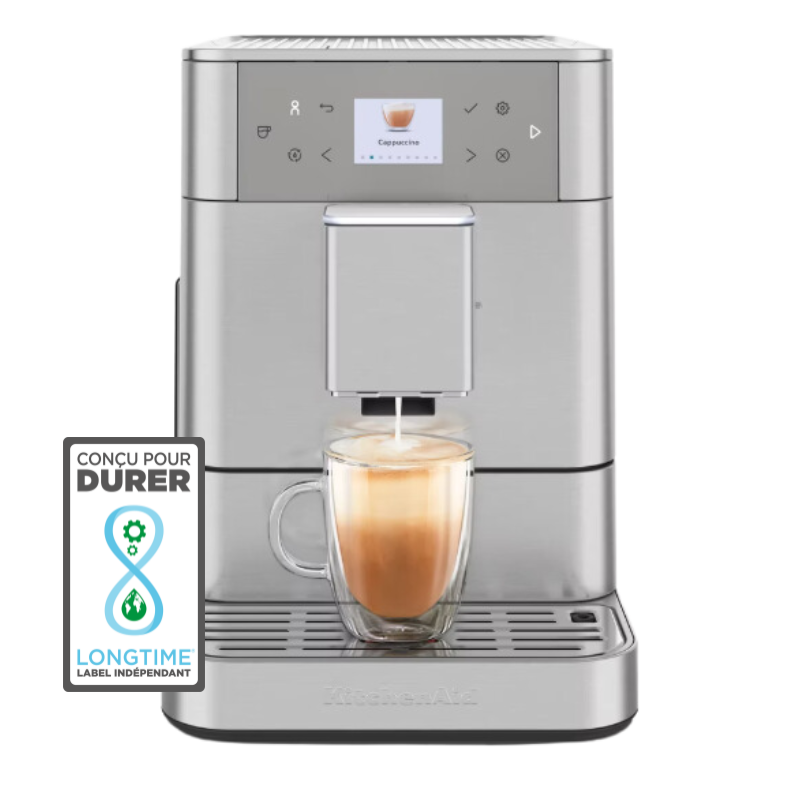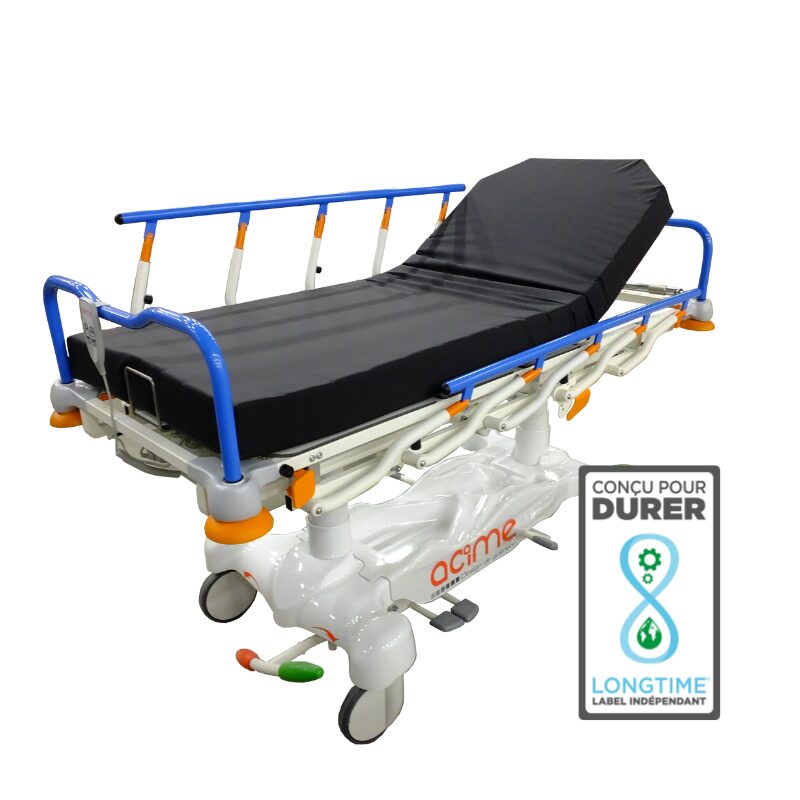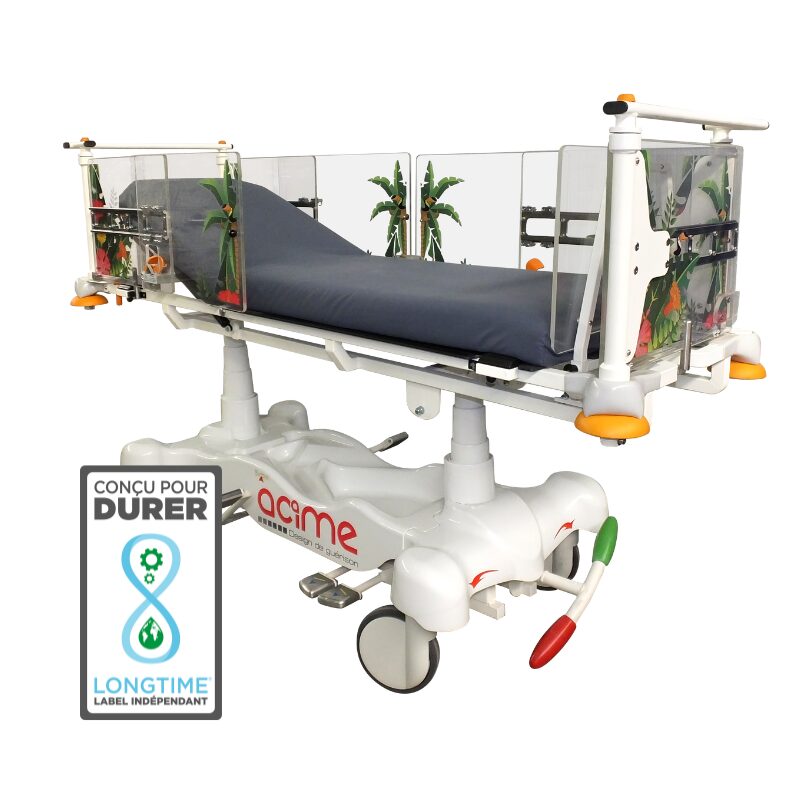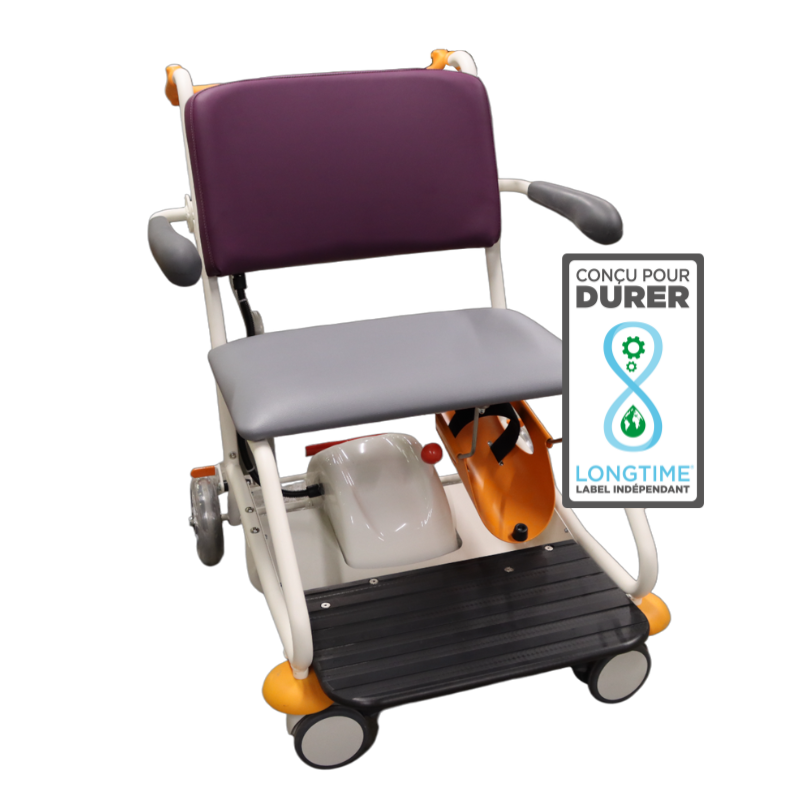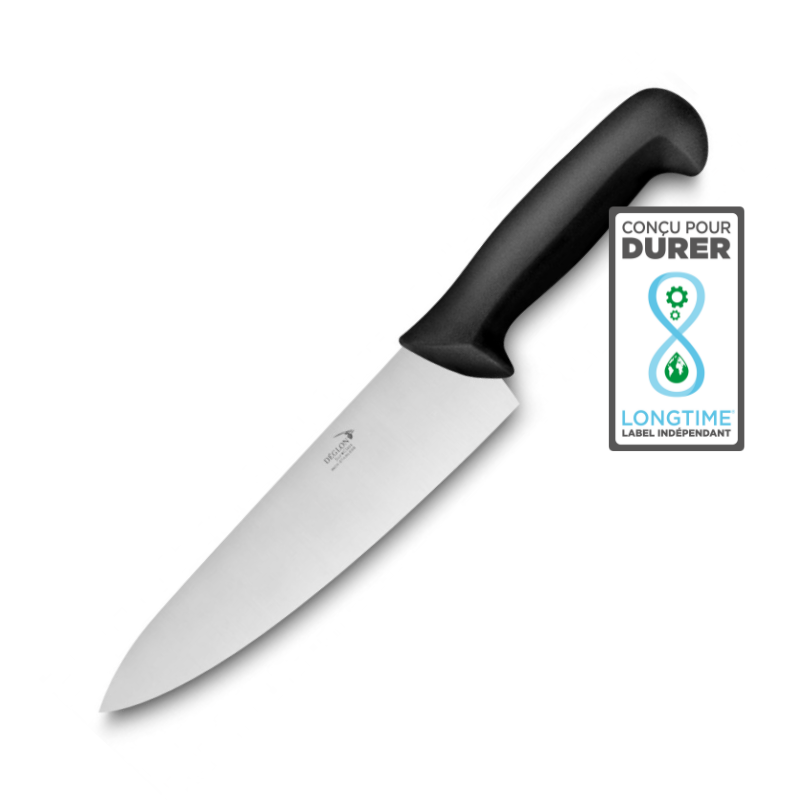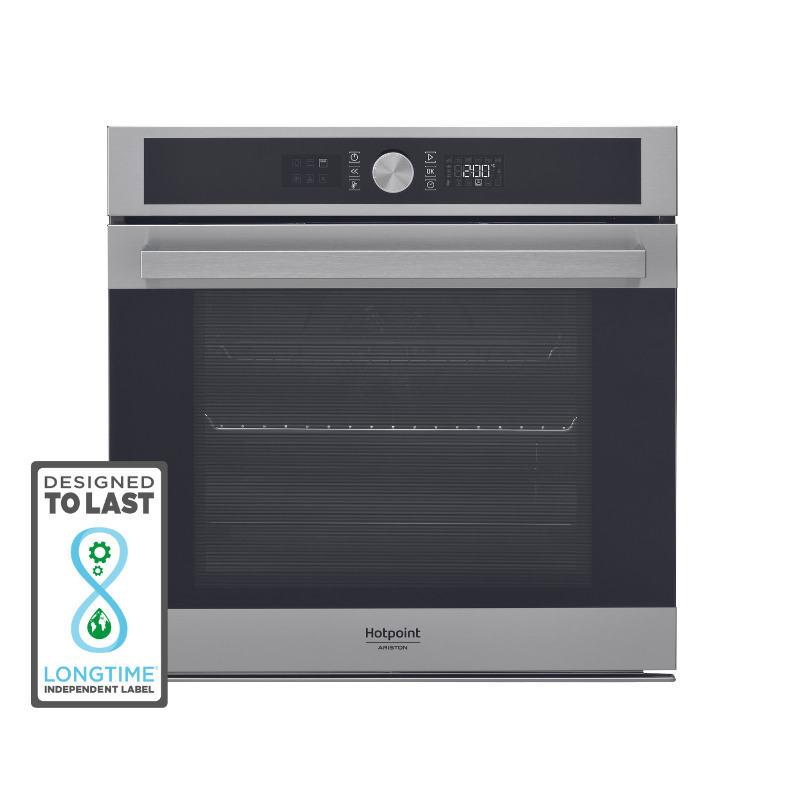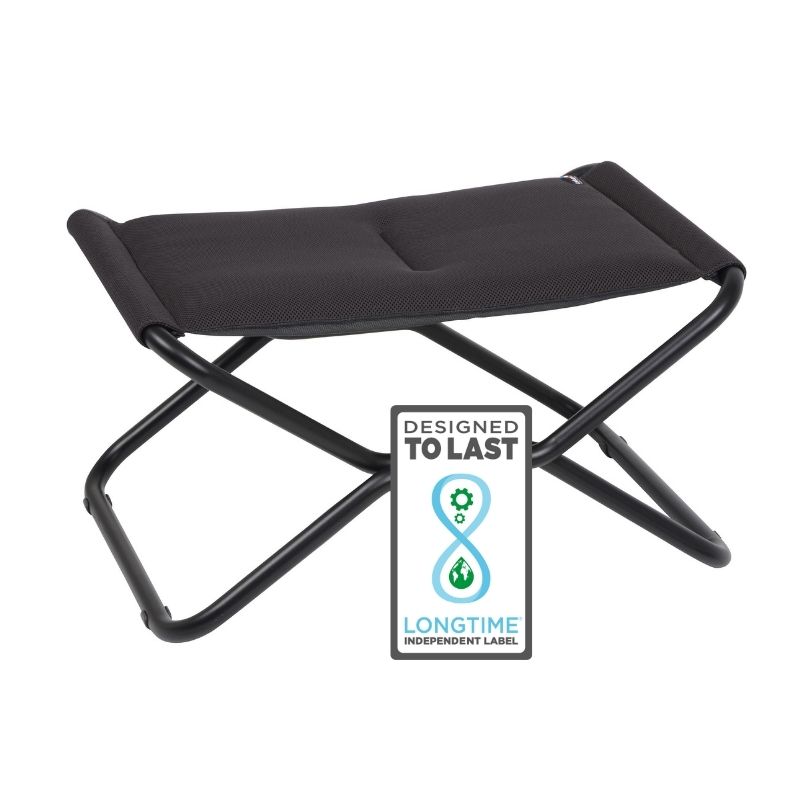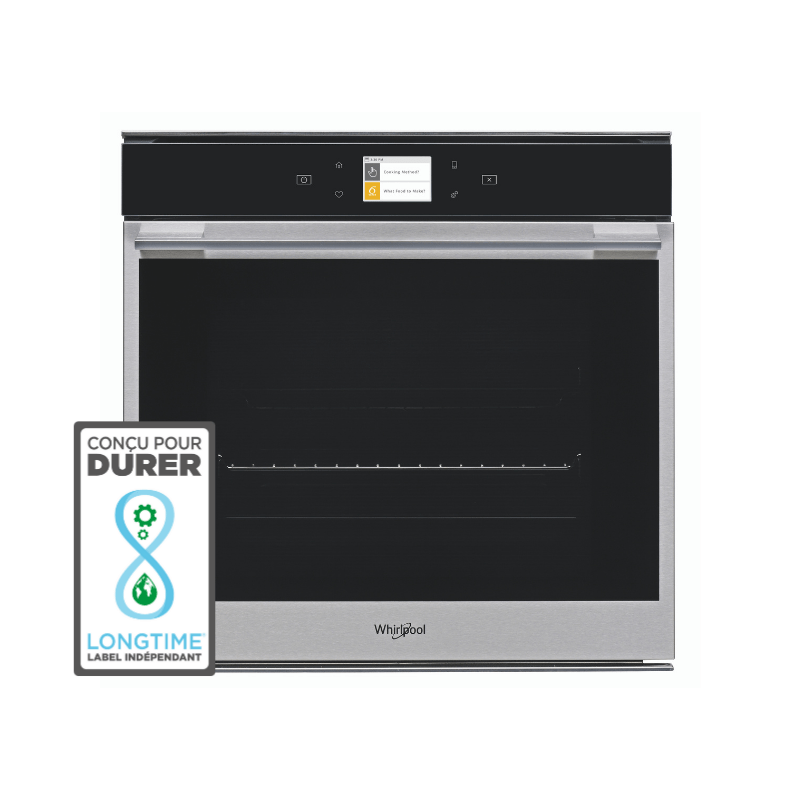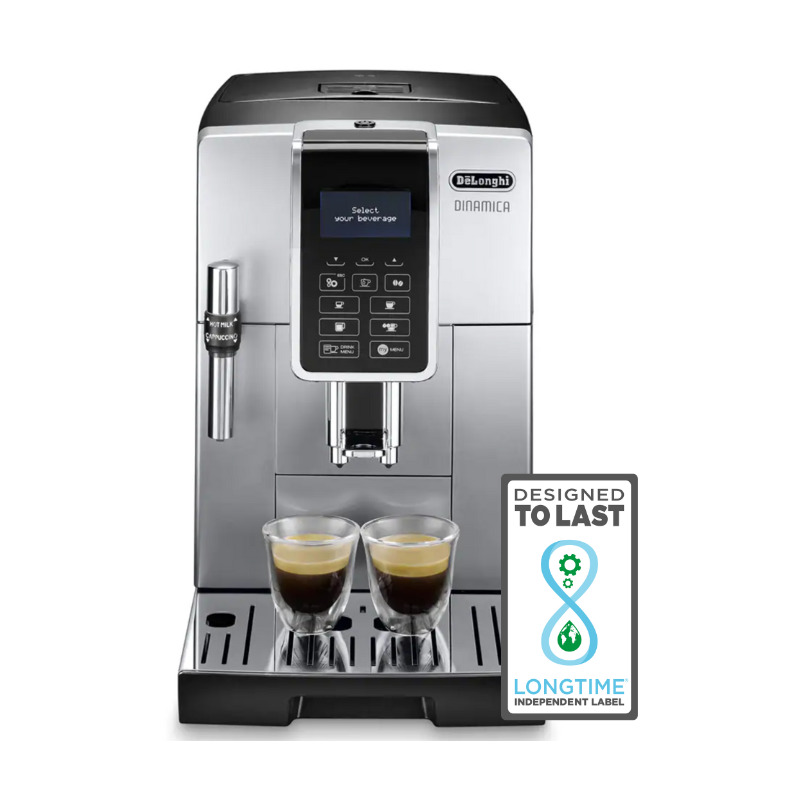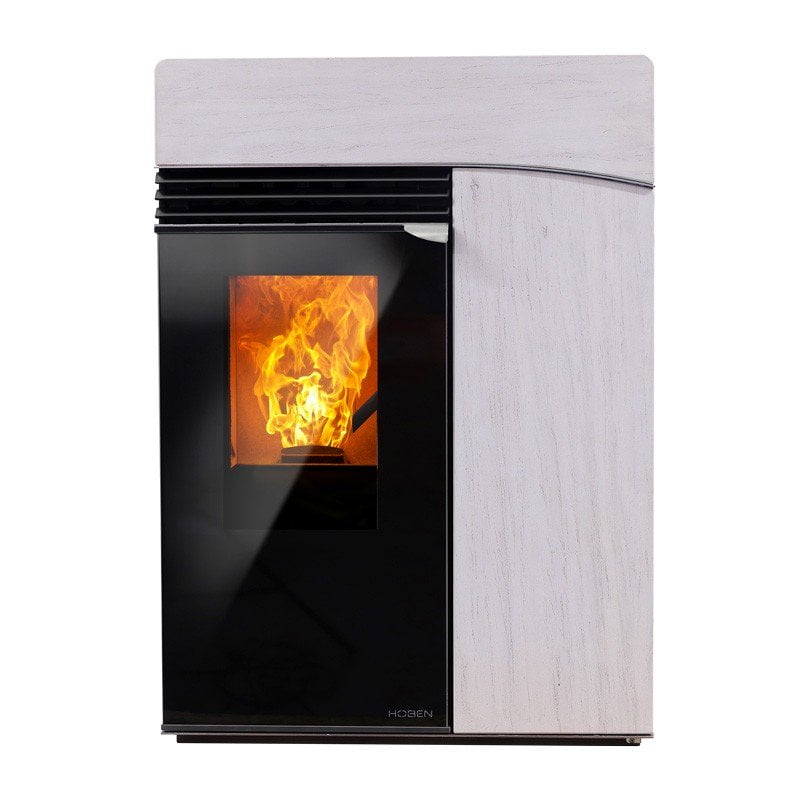Search for a longtime® product
Are you looking for a reliable, repairable product? All the products in this directory are designed by manufacturers committed to sustainability through LONGTIME® certification.
What is a sustainable product?
Definition of a sustainable product
A durable product is one that is reliable, robust and repairable, with a high level of longevity; a break with organized obsolescence.
First and foremost, since sustainability is contextual, it’s important to understand that the term “sustainable” here refers to the robustness and longevity of the object, and not to its English counterpart, “sustainability”, which means “socially or ethically responsible”…
A durable product breaks down less than a conventional one, and is easier to repair. It must also offer excellent maintenance and servicing conditions, as well as efficient after-sales service or technical support. Last but not least, the guarantees of a durable product must be beyond reproach, and even higher than the minimum legal requirements.
You will often notice that the lifespan of the “sustainable product” is not indicated. That’s because it’s not easy to measure or quantify. This factor varies enormously depending on the conditions under which the product is used (place of use, frequency, user level, etc.).
A fine example of sustainable products are LONGTIME®-labeled products. They validated a demanding set of 41 criteria, focusing on design robustness, repairability and after-sales service guarantees, making it possible to assess sustainability in its entirety.
What are the criteria for making a sustainable product?
There is no such thing as a “sustainable product” standard. Also, the criteria for manufacturing a product bearing the “Sustainable” claim may vary from one advertiser to another. However, to distinguish a genuinely sustainable product from a misleading marketing claim, there are some clues.
The product must be robustly designed and highly repairable. To achieve this, the manufacturer :
- Choose sturdy materials suited to operating conditions
- Uses manufacturing and production processes that enable it to control and maintain consistent product quality
- Use reliable, high-quality technologies (technologies with no proven “weaknesses” that can be repaired or replaced in the event of failure)
- Choose high-quality key parts (e.g. heating resistors, electronic components, etc.). Without these parts, the product cannot function. So they have to be of the highest quality!
- Limits vulnerable parts (exposed to accidental breakage) and unproven technologies (technologies that have yet to prove their reliability)
- Uses few sub-assemblies in product design (set of inseparably connected components forming a block). In the event of a breakdown, the entire block is paralyzed and can be difficult and costly to repair or replace.
- Takes into account the human factor: users’ bad habits!
- Designs its products to be highly repairable: accessibility of components, technical documentation available and free of charge, spare parts accessible over the long term (several years after purchase, etc.).
- Designed with easy maintenance in mind: documentation, easy cleaning and maintenance of components, special care for fragile components.
Don’t hesitate to check all these criteria with the manufacturer or distributor. If they can’t or won’t answer your question, then you may have doubts about the product’s durability. To be sure that the product you wish to buy meets these criteria, visit the LONGTIME® directory (link) (LONGTIME® products also meet many other criteria).
While durability and repairability are the main criteria for a sustainable product, sometimes you have to choose between the two. Imagine a cell phone with an unbreakable screen that is very difficult to repair, if at all. The manufacturer can’t justify the high repairability of the screen, yet by choosing it to be unbreakable, it’s not a bad choice. Don’t consumers prefer products that don’t break down, rather than those that are highly repairable but unreliable? That said, it’s best if the product is also repairable.
Durability also varies enormously from one product category to another. We don’t study the durability of household appliances (refrigerators, blenders, etc.) in the same way as we study the durability of digital devices (telephones, computers, televisions, etc.). This is done on a case-by-case basis, so be well informed about the product you wish to buy. At LONGTIME®, we draw up durability identity cards for each product family we label, based on feedback from repairers and users. This makes it possible to identify specific product vulnerabilities and areas for improvement. That way, we’re sure to be as precise as possible!
Don’t hesitate to consult our buying guides – we’ve already studied the durability of certain product families so you don’t have to, so you’ll have everything you need to make a sustainable, ecological and safe purchase.
A durable product is not infallible, but its total lifespan is superior to that of other products. That’s why “sustainable product” doesn’t necessarily mean “zero waste” (although that’s not a contradiction in terms), but rather that the product makes optimum, rational use of the resources used in its manufacture. Sustainable products must also meet end-of-life management criteria.
For example, LONGTIME®-labeled products must provide proof of accessibility to the following components product internals, and avoid sub-assemblies (i.e. “blocks” of parts sealed together). This enables components to be separated and recycled. It must also provide the technical documentation needed to recover and recycle spare parts.
What are the advantages of buying sustainable products?
Sustainable products bring many socio-environmental benefits.
First of all, you know you’re buying something that’s robust, reliable and repairable. That’s something, isn’t it? Fewer unexpected breakdowns, less stress.
Buying sturdy equipment pays for itself, so you don’t have to change products too often, and you save money. Low-income households are the first to be affected by obsolescence, as they tend to buy entry-level products that are less likely to be repairable and robust. In this way, purchasing robust equipment limits the financial burden of early renewal, and gives you access to quality second-hand products (longevity at an affordable price). Yes, reliable products are more likely to find their way onto the second-hand market.
By buying a highly repairable product, you’re supporting the repair sector, and thus the creation of skilled jobs that are not easily relocated. We need this sector, and yet in our consumerist, throwaway society, it can sometimes be undermined. By encouraging the repair of our objects, you are helping to revive this local business. Durable products often remove barriers to repair. This ensures that you won’t have to pay astronomical repair costs (a part costing the same as the product, for example), and that you’ll find a repairer who can fix your product.
Last but not least, extending the lifespan of a good helps to limit the use of natural resources (their extraction is optimized). It also helps reduce waste and premature disposal. Extending the life of products is a highly effective strategy in terms of eco-design (and therefore carbon footprint reduction). That’s what it’s like to be part of a circular economy!
Making our equipment last is the most effective way of reducing its impact. For example, going from 2 to 4 years of use for a tablet or computer improves its environmental footprint by 50% (Source: ADEME, La face cachée du numérique).
How do I find a sustainable product?
As with food, a simple way of detecting a responsible product is to pay close attention to labels and other sales information. For example, the organic label gives you certain indications; it’s the same for consumer goods. The labels provide information on all the durability/repairability criteria discussed above, as well as on after-sales warranties (and maintenance recommendations, which are fundamental). Warranties that exceed the legal guarantee of conformity (24 months) are a sign of credibility, as they show that the manufacturer is convinced of the robustness of its product. Labels controlled by a third-party organization (this is a minimum) – also lend credibility to the manufacturer’s and/or distributor’s claims… In fact, these have been verified by an independent and impartial control body!
In the jungle of labels, you can therefore rely on those that are independent (distinct from the labelled entity) and controlled by a third party. On the other hand, beware of self-declared labels, i.e. labels created by the company and awarded by…itself!
To determine whether a product is sustainable, it is also necessary to analyze its long-term potential. When analyzing labels, product sheets and/or customer reviews, durability features should always be your top priority. Beware of impulse buying, driven by attractive prices. Pay attention to the communication used (the words you choose!) and take the time to read the technical documentation. In short, adopt a thoughtful attitude.
Find out what previous customers have said about the product, their feedback. These are often the most neutral and faithful words. Consult your friends and family for reliable products, or groups on social networks.
The LONGTIME® website offers a growing selection of sustainable products: ovens, vacuum cleaners, electric heaters, equipment for professional kitchens (mixers, blenders, juicers, etc.). Coming soon: pellet stoves, suitcases, washing machines… The list goes on. The sustainability criteria for these products are publicly available, so you can make up your own mind.
Where can I buy a sustainable product?
Environmental considerations are becoming increasingly important. Today, the majority of brands have the ambition to position themselves as “responsible”, if this is not already the case. As a result, sustainable products can be found just about everywhere.
- Consult manufacturers’ websites directly. Those who position themselves as “virtuous”, but also those who are not recognized as such. The latter surely have a “Sustainable” or “Responsible” range. See also distributors’ websites.
- There are directories of sustainable products (each site has its own criteria, so be sure to identify them). This is the case of the LONGTIME® label, which you can find in the directory here (link).
- In your traditional points of sale: at committed distributors like l’Entrepôt du Bricolage, or directly from the manufacturers. Today’s stores offer a wide range of products, so once again, rely on the recommendations discussed above to find sustainable products.
How much does a sustainable product cost?
If this idea has crossed your mind, we’d like to reassure you: a durable product doesn’t necessarily mean it’s more expensive (the reverse is also true!). You have to find the right balance between quality, price and lifespan. If the price of a “disposable” product seems attractive, imagine the frustration when it breaks down for good (no possibility of affordable repair) or suffers from organized obsolescence (impossibility of software updates, for example).
Assuming you can keep your durable product for a long time, you don’t have to renew it frequently. In the long term, savings are guaranteed.
If you no longer need it, you can sell it on the second-hand market and recover a percentage of its original value. Alternatively, you can buy a durable product yourself at an affordable price on the second-hand or reconditioned market.
When choosing an item to buy, it’s essential to assess your needs and the use you’ll be putting it to. The profitability of the purchase will depend in part on these last points. For intensive use, you should look for a sturdy product that can handle the workload. These products are a little more expensive, but they guarantee longevity and a job well done. What’s more, these are products that you can eventually resell at a good price to recoup a little more of your purchase… For occasional use, think about renting. It’s rarely advantageous to buy entry-level products, which are often susceptible to non-use (prolonged machine downtime leading to damage) and are unlikely to do a good job. You don’t always need an expensive product. If you’re on a tight budget, look for products with fewer technological options. Better a screwdriver with a good electric motor and no laser, no level, no percussion than a screwdriver with the latest options but a low-cost electric motor.
If you don’t want to spend money unnecessarily, you also have a big part to play in the lifespan of your product. In addition to the virtuous steps taken by the manufacturer, the use and maintenance of the product is very important.
very important
. It’s worth remembering that, on average, 50% of breakdowns are due to operating or maintenance faults.
The idea is to acquire an object that you value and care for. That way, you’ll be more determined to make it last, and you’ll make the most of your purchase.
To find out for yourself, check out our directory (link). LONGTIME® products for private customers are not exorbitantly priced, yet they are of the highest quality. The label is not awarded on the basis of price or brand awareness: a very expensive product or one from a very well-known brand is unfortunately not always a guarantee of sustainability. However, beware of low-priced products: everything has a cost below which it’s not possible to acquire a reliable, repairable product.
The main mission of the LONGTIME® approach is to identify products with a good price/longevity ratio, and to protect consumers from disposable products that have a long-term impact on purchasing power. Our aim is also to make consumers aware of the importance of maintaining and repairing the products they buy.
